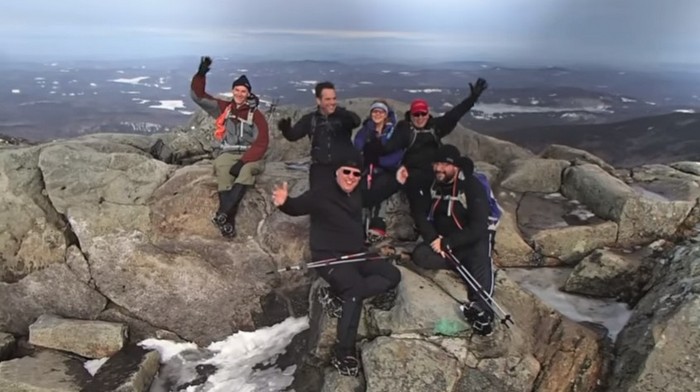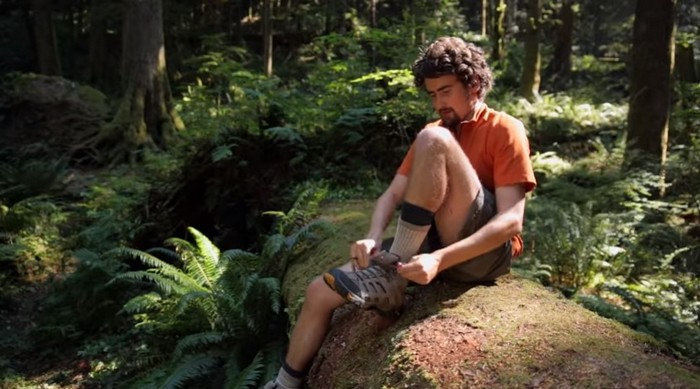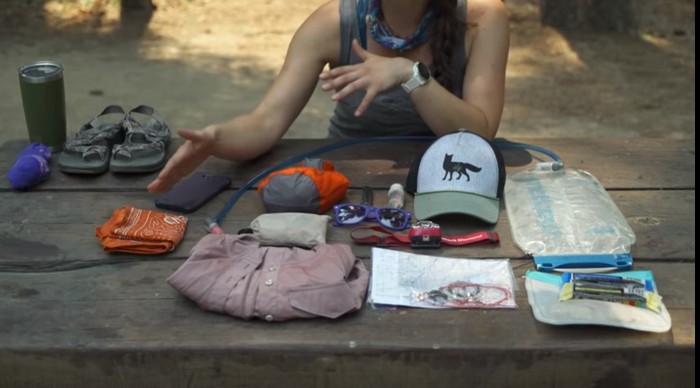Guest Post by Eric at Flipoutdoor.com
Nothing beats a hike into the woods. It is one of the best ways to enjoy the wonders of nature closeup at your own pace. Being a low-impact activity, it is suitable for all!
Hiking offers numerous physical and mental benefits. It is excellent for reducing anxiety and preventing osteoporosis. Unlike a regular workout on a treadmill or walking on pavement, this outdoor activity involves other variables that make it unpredictable and exciting.
Like all outdoor activities, hiking has its share of risks. Anything can go wrong on the trail. Many hikes have turned disastrous due to the lack of careful preparation. With careful planning, you can manage any risks and enjoy the trek.
Top 10 Tips to Prepare for a Hiking Trip
10. Improve your fitness
You must be fit enough for the trail you have chosen to hike. Some trails are easy, and some are challenging. Make sure you are in top shape for whatever trail you are attempting.
It is essential to be on a fitness regimen a few months before the hike.
Improved cardiovascular fitness and stronger limbs and joints will make your hike a pleasant and pleasurable experience.
9. Know the trail
Once you have decided on the trail, get to know the area well. Get a map of the region and plan your route accordingly. Getting information about the trail online and from other hikers who have been on the route before is easy.
8. Know the weather
In the hills or the wilderness, the weather can suddenly turn. It is extremely important to know the local weather conditions. Talk to locals and others who have been on that trail before to get a feeling of what to expect. An umbrella is always handy to have, rain or shine.
Many a hiker has been swept away by a sudden flash flood! A careful hiker always avoids low-lying areas during a thunderstorm.
7. Inform your friends where you’ll be
Share your trail route with a friend or a relative. Tell them when you will be starting and are expecting to return. This will prompt them to send aid if you don’t turn up as scheduled. You can take emergency devices with you to help others track you during emergencies.
6. Have a backup plan
Apart from sharing your tour itinerary with your friends, having a backup plan is a good idea if something goes wrong in the wilderness. You will not be able to use your cell phone everywhere.
If someone in your group has a personal locator or a satellite phone, great. If not, someone from your group should volunteer to get help. In any case, be prepared to go back should it be necessary.

5. The importance of footwear
In a long trek, your foot takes most of the pounding. It is vital to give them adequate protection. Never compromise on the shoe. Buy the best you can afford, and importantly, see that they fit snugly. For long treks, it is advisable to carry a second pair.
A good pair of socks is almost as important as good shoes. It provides extra padding and wicks away excess moisture. This keeps the foot dry and prevents chafing.
I always prefer socks made out of wool or any synthetic material. Avoid cotton socks. Carry extra pairs so that you will have a clean pair between washes.
4. Dress appropriately
As always, avoid anything cotton! They tend to get damp quickly and cling to the skin, causing chafing. Synthetic fabrics are best. They adjust to your body temperature and dry more quickly. They are also lighter than most natural fabrics!
Make sure you dress in layers. You can shed them if it gets too hot. Always pack an additional warm layer beyond which what you think you need. This will come in handy when the weather turns bad.
3. Take friends along
Solo hiking has its charms but is not recommended. Hiking with a small group of like-minded people has lots of advantages. Apart from companionship on the trail, various daily chores can be shared.
There is always safety in numbers while hiking in the remote wilderness. Wild animals do not attack people in a group. Many a lone hiker has been mauled by a bear or a mountain lion. Besides, if anything goes wrong, there is always someone to return to for help.
2. Pack essentials
Pack a first aid kit, navigation aid – compass, GPS and maps, sunscreen/ cap and sunglasses, flashlight, matches and fire starters, extra food, water/ water purification devices, and a light, easy-to-set-up sturdy tent.
It is essential to take extra medication for chronic health issues. Painkillers, bug repellants, and a fully charged power bank will be very useful. People on a hunting expedition may find a climbing tree stand extremely useful.
1. Fight the elements smartly
Sunburn can sometimes turn nasty and make your hike hellish! Take with you enough sun protection to last the entire hike. Wear sunglasses to protect your eyes from the harsh glare. Take a cap along for those sunny hikes. An insect repellant will be invaluable in some areas with mosquitoes.
Umbrellas are lightweight and compact these days. A simple umbrella will keep you dry during sudden downpours, unlike even the best raincoat! It also comes in handy when it snows!
No list for hiking preparation is exhaustive. You can keep thinking of things to add! But we must not overload ourselves during a hike. Many hiking trails have spots for resting the nights with modern amenities. You can buy most essentials in those resting spots.
Enjoy your tryst with nature and hike responsibly. Always ensure that whatever trail you take is kept clean for other hikers to enjoy. There are designated spots for waste disposal. Use them. Do not start a fire in areas you do not have to. Put out any fire you start entirely before you leave. Happy hiking!





